Trust Egbegi
Writer, Copywriter
"More Than What Meets the Eyes — inspired by the woman in this photo."
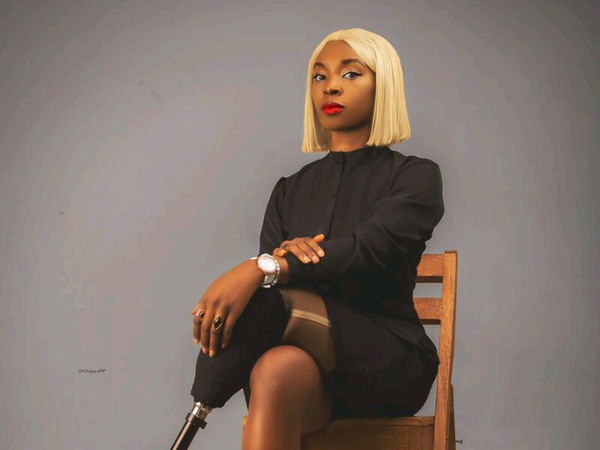
<h2>Beyond Pity: How a Blog Post Reshaped My View of Prosthetics and Human Potential </h2><p><strong style="background-color: transparent;"></strong></p><p><strong style="background-color: transparent;"><br/></strong></p><p><strong style="background-color: transparent;">A few months ago, I came across a blog post written by my teacher, Eva Chukwunelo. She was radiant in the photos—smiling, confident, vibrant—and using a prosthetic limb. She spoke openly about her journey, not as a story of shame or brokenness, but of strength, choice, and dignity.</strong></p><p><strong style="background-color: transparent;"><br/></strong></p><p><strong style="background-color: transparent;">One part struck me deeply: she said she doesn’t share every story—not out of fear or embarrassment, but because some things are simply personal. That moved me. She wasn’t hiding. She was honoring her boundaries and owning her narrative.</strong></p><p><strong style="background-color: transparent;"><br/></strong></p><p><strong>Eva isn’t just existing—she’s shining. She takes pictures, shows up for herself with grace and joy, and lives with a quiet confidence that makes me question everything I thought I understood about strength. She isn’t ashamed. She isn’t seeking sympathy. She is simply living—and living beautifully.</strong></p><p><strong style="background-color: transparent;">Up until that moment, I had never truly confronted my own biases. Without meaning to, I had been one of those people who pitied others with physical differences. I avoided conversations. I assumed they were struggling or wanted to be invisible. But seeing Eva Chukwunelo, so full of life and self-worth, shook something in me. She wasn’t trying to be “inspirational”—she was just being herself.</strong></p><p><strong style="background-color: transparent;"><br/></strong></p><p><strong style="background-color: transparent;">And then I began to notice more.</strong></p><p><strong style="background-color: transparent;"><br/></strong></p><p><strong style="background-color: transparent;">I saw photos and stories of people who had lost limbs—some in accidents, some by birth—and yet there they were: dancing, running, modeling, creating, laughing. Not just surviving. Thriving.</strong></p><p><strong style="background-color: transparent;"><br/></strong></p><p><strong style="background-color: transparent;">I saw Lauren Wasser, a model who walks the runway with golden prosthetic legs, exuding confidence and elegance. I discovered Kelly Knox, born without a forearm, who models with pride and challenges every narrow standard society tries to impose. I read about Jessica Quinn, who lost her leg to cancer and now works to reshape how we talk about confidence and beauty.</strong></p><p><strong style="background-color: transparent;"><br/></strong></p><p><strong style="background-color: transparent;">Seeing these women—and knowing Eva—changed me. I realized something uncomfortable but true: we often discriminate without even realizing it. We look at someone with a missing limb, a deformed hand, or a prosthetic—and instead of admiration, we feel discomfort, pity, or awkwardness. But that discomfort belongs to us, not to them.</strong></p><p><strong style="background-color: transparent;"><br/></strong></p><p><strong style="background-color: transparent;">We assume their lives are limited. We hesitate to include them in things like fashion, sports, or even everyday social settings. I used to think modeling was only for a certain kind of body. Now I understand how limited that mindset was.</strong></p><p><strong style="background-color: transparent;"><br/></strong></p><p><strong style="background-color: transparent;">Beauty doesn’t come from perfection—it comes from authenticity, courage, and presence. These individuals are not just models in fashion—they are models of resilience, self-love, and possibility.</strong></p><p><strong style="background-color: transparent;"><br/></strong></p><p><strong style="background-color: transparent;">Children born with physical differences also face a world that tells them, early and subtly, that they are “less than.” But they are artists, swimmers, writers, gamers, dancers, thinkers. What if we gave them spaces to express themselves fully? What if we designed our playgrounds, classrooms, and media with inclusion in mind—not just ramps, but representation?</strong></p><p><strong style="background-color: transparent;"><br/></strong></p><p><strong style="background-color: transparent;">We can include them in:</strong></p><p><strong style="background-color: transparent;"><br/></strong></p><p><strong style="background-color: transparent;">Modeling campaigns that celebrate all forms of beauty</strong></p><p><strong style="background-color: transparent;"><br/></strong></p><p><strong style="background-color: transparent;">Sports and dance programs that embrace adaptive techniques</strong></p><p><strong style="background-color: transparent;"><br/></strong></p><p><strong style="background-color: transparent;">STEM competitions and robotics clubs, where innovation meets lived experience</strong></p><p><strong style="background-color: transparent;"><br/></strong></p><p><strong style="background-color: transparent;">Media and storytelling, giving them space to speak on their own terms</strong></p><p><strong style="background-color: transparent;"><br/></strong></p><h4><strong style="background-color: transparent;">Leadership programs and student councils, where their voices can shape the future</strong><strong style="background-color: transparent;"><br/></strong><strong style="background-color: transparent;"><br/></strong><span style="background-color: transparent;"><strong>And beyond what we can do, what if we simply stopped staring? Stopped assuming? Stopped making it about “what’s missing”—and started seeing all that is present?</strong></span></h4><p><strong style="background-color: transparent;"><br/></strong></p><p><strong style="background-color: transparent;">People with prosthetics, limb differences, and other physical conditions don’t need to be “fixed.” They need to be seen, respected, included, and celebrated. Not for existing—but for all they bring, and for challenging the narrow definitions of what it means to be whole.</strong></p><p><strong style="background-color: transparent;"><br/></strong></p><p><strong style="background-color: transparent;">Eva Chukwunelo didn’t need me to pity her. She didn’t ask for that. What she gave me—without even knowing—was an invitation to grow. To reflect. To reframe. Her blog taught me more than any lecture ever could: that we must move beyond pity and lean into empathy, admiration, and true inclusion.</strong></p><p><strong style="background-color: transparent;"><br/></strong></p><p><strong style="background-color: transparent;">I’m still learning. But now I’m doing it with open eyes—and a more open heart.</strong></p><p><strong style="background-color: transparent;"><br/></strong></p><p><strong style="background-color: transparent;">I hope this reflection encourages you to pause and look differently too. The next time you see someone with a prosthetic limb or a physical difference, try not to look away—and definitely don’t look down. Look with respect. With curiosity. With equal humanity.</strong></p><p><strong style="background-color: transparent;"><br/></strong></p><p><strong style="background-color: transparent;">Let’s challenge the way we’ve been taught to see beauty, strength, and worth.</strong></p><p><strong style="background-color: transparent;"><br/></strong></p><p><strong style="background-color: transparent;">If this resonates with you—or even challenges you—I’d love to hear your thoughts.</strong></p><p><strong style="background-color: transparent;">Please feel free to leave your insight or reflection in the comments below. Let’s keep the conversation going.</strong></p><p><img alt="" src="/media/inline_insight_image/1000039999.png"/><strong style="background-color: transparent;"></strong></p>


"More Than What Meets the Eyes — inspired by th...
By
 Trust Egbegi
•
7 plays
Trust Egbegi
•
7 plays
 Trust Egbegi
•
7 plays
Trust Egbegi
•
7 plays
0:00 /
0:00
Other insights from Trust Egbegi
Referral Earning
Points-to-Coupons
Insights for you.



 62
62









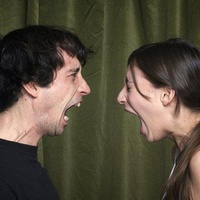
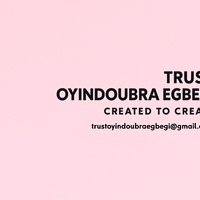
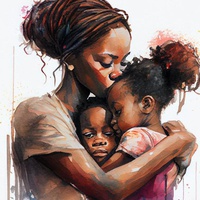
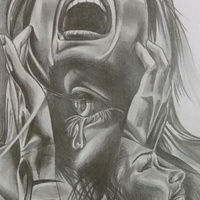

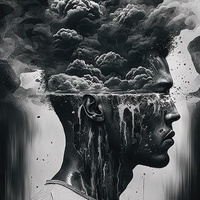



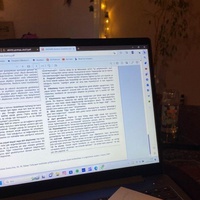



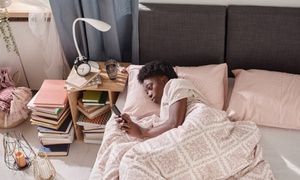




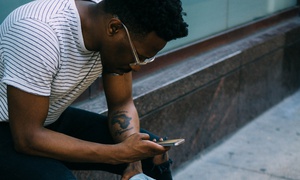




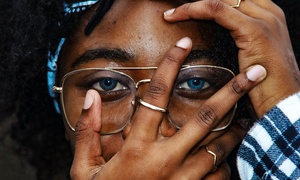









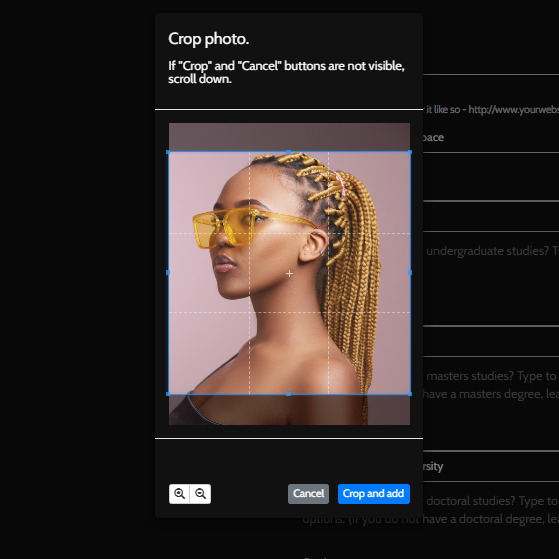
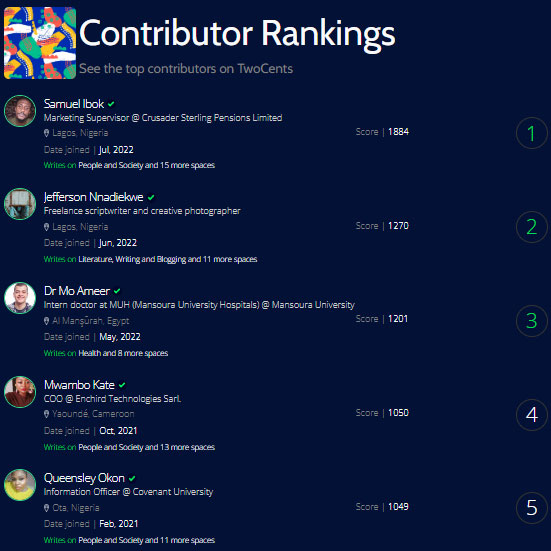






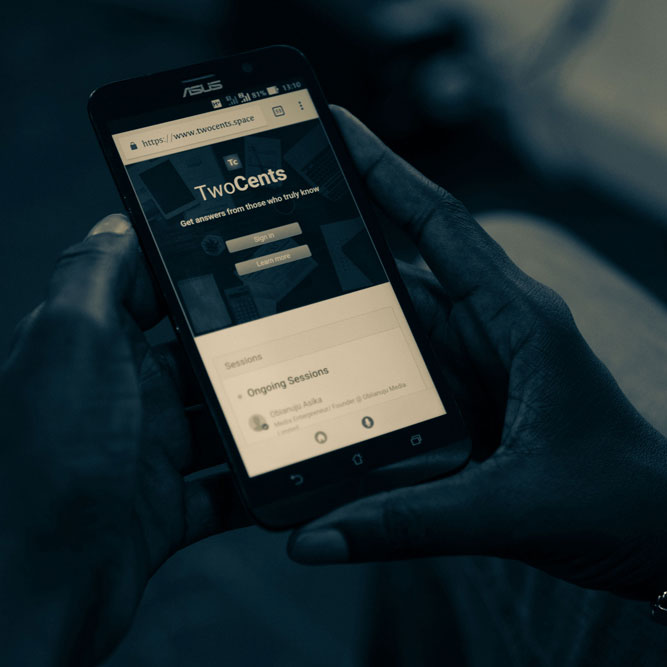















Comments